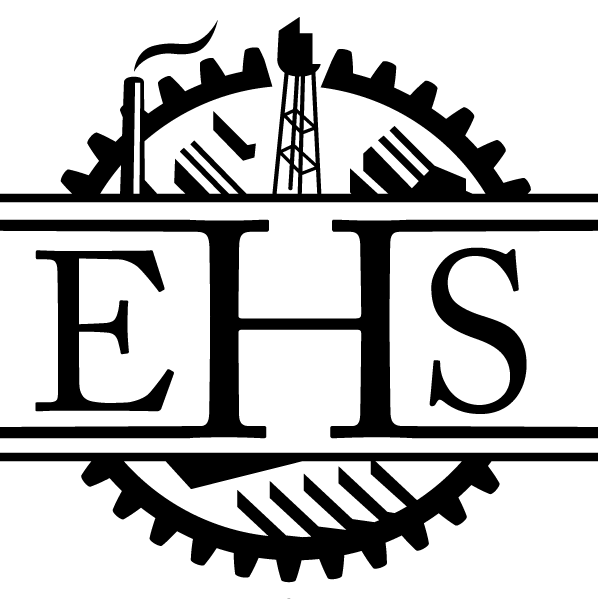
Southern Pacific East Bay Electric Lines
This stop on the tour recognizes what was once a major junction of the Southern Pacific electric railway that ultimately carved out the walkable path in Emeryville’s street grid that you are currently navigating.
Rail transportation in Emeryville began in 1876 when the Northern Railway was completed along the East Bay shoreline connecting Oakland to Port Costa and Martinez. This line bisected the tracts of land owned by Joseph Emery, Edward Wiard, L. M. Beaudry, J. T. Doyle, A Miller & J. Landregan that preceded Emeryville’s incorporation.

That same year, The Berkeley Branch Railroad was constructed connecting the fledgeling Downtown Berkeley to Shell Mound and Trotting Parks in what is now Emeryville.
The 3.84 mile standard gauge line originally terminated at University Avenue near where the University of California campus is but it was later extended to Vine Street on the north side of campus.

The route for this service followed Shattuck Avenue through downtown Berkeley, and after crossing Ashby and Alcatraz, turned west on Stanford Avenue, crossing San Pablo Avenue and Green Street (now Hollis).
It then turned south at the end of Stanford Avenue where it continued through Emeryville parallel to the Northern Railway line before stopping at the 16th Street Station in Oakland. The train then turned west and terminated at the Oakland pier where passengers caught a ferry to San Francisco.

In 1905, Southern Pacific began to electrify the interurban lines it controlled in the East Bay in an effort to modernize the system.

They built a powerhouse on the north bank of the estuary near the Fruitvale district to provide the electricity needed to operate the system. This was completed in 1911.
An overhead electrical system was installed to power the motorized cars. Trolley wire was suspended from steel poles placed every 120 feet. The motorized cars were equipped with pantographs attached to the roof, which rested against overhead trolley wires that delivered electricity to the motors. Each motor car was powered by four 125 horsepower motors.

The cars were dubbed “Red Trains” because of their distinct hue. The coaches were also distinctive because of the large round porthole style windows on either end.
The 73 foot long cars were built of steel. There were four types of cars both motorized and non-motorized. “Combination cars” carried passengers and contained a 15-foot baggage compartment.
The regular coaches carried 116 passengers while the combination cars carried 88 passengers. There were also cars that only carried baggage.

Also in 1911, Southern Pacific extended service from Emeryville through West Berkeley all the way to Albany via what was called the “Ninth Street Line.” This route is what would ultimately become the northern portion of Emeryville’s Greenway.
Five stops were serviced within Emeryville by these Electric Lines. These included: Powell Street (intersecting where Beaudry now is); Ninth Street Junction (here at Peladeau & Stanford where the two lines split); Shellmound Junction (about where the line crossed Temescal creek); Shellmound Park (near the southern end of the park where the entrance was); and The Emery Station (at the foot of Park Avenue).

In 1934, the East Bay Electric Lines were reorganized as the Interurban Electric Railway (IER).
In 1936, construction of the San Francisco-Oakland Bay Bridge was completed. The system’s tracks were re-aligned at the western terminal to connect to the bridge.

In 1939, Southern Pacific received a franchise to operate Red Trains on the bottom deck of the bridge. A trip from Emeryville to San Francisco’s Transbay Terminal took only about 22 minutes.
This development eliminated the need for ferry service

The Red Trains discontinued service in 1941 due to a variety of economic factors including competition with the Key System Line, proliferation of the automobile and a loss of revenue and ridership from the great depression.

After transit service ended in 1941, Southern Pacific converted the line to a freight-only spur known as the “Ninth Street Drill Track.”
For decades, the spur serviced a variety of Northern Emeryville and West Berkeley businesses including companies featured on this tour like Oliver Tire & Rubber, the Doughnut Corporation of America and Liquid Sugars Inc.
One-by-one, these companies disappeared and the area slowly transitioned to more residential uses.
In 1996, Southern Pacific merged with Union Pacific, which continued to operate this line serving various industries in Emeryville and West Berkeley. The last of these was Liquid Sugars Inc. which closed completely in 2001.
The discontinuation of service resulted in the final abandonment of the rail spur by Union Pacific and its acquisition by the City of Emeryville.

Emeryville acknowledges these long gone stations with etchings in a strip of sidewalk along Stanford Avenue between Peladeau and Horton.
For those that want to experience riding an electric street car, you can visit the Western Railway Museum in Solano County.




